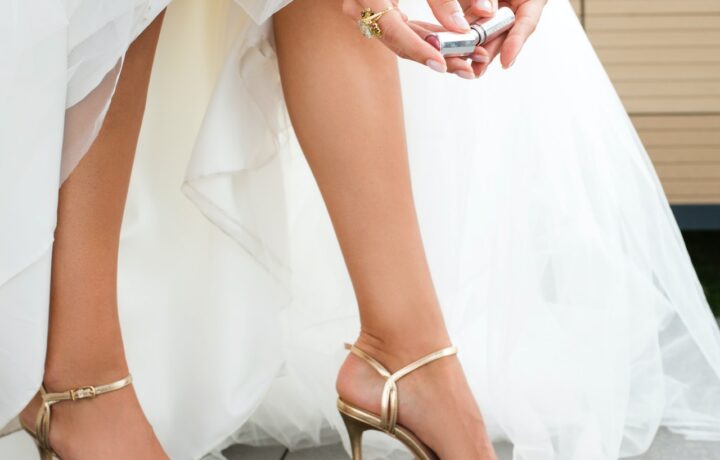All antique jewellery is categorised by the particular era in which it was made. The majority of these eras are named after one or a number of Great British monarchs that ruled during the time of production.
The Victorian era is one such era, named after Queen Victoria, who ruled the British Empire from 1837-1901.
Historic Background
The Victorian era is one of the most important periods in Great British history. The British Empire hit its peak, covering approximately a quarter of the Earth’s land, and controlling over 500 million people.
At least part of Britain’s global dominance was because of the Industrial Revolution happening back home. For the first time, products and materials could be mass-produced, meaning Britain was amongst only a handful of nations which could build, create and expand at the rate in which they did.
One of the things which became mass-produced was jewellery because up until this point it was hand-made.
Combining the mode of production with the reach of the empire, the potential to create beautiful, more exotic pieces developed. The revolution also sparked the emergence of the middle class, meaning the demand for jewellery rose also.
Queen Victoria
Unlike many other monarchs and periods in history, Queen Victoria greatly influenced the style and culture of her time, including the design of jewellery.
Speaking to Victorian Jewellery experts Laurelle Antique Jewellery, they explained that “because of the sheer length of her reign, the period can be broken down into three smaller eras of style, all of which she had a major influence over.”
“The start of her reign is considered the romantic period, a time during which she was proposed to by her later husband Prince Albert of Saxe-Coburg and Gotha.”
“The second was the mourning period which followed Prince Albert’s Death in 1861 and the third was the late Victorian Jewellery era where brighter colours regained popularity and jewellery in particular became much smaller and simpler in design.”
The 3 Eras
The romantic era, as discussed in the quote above is epitomised by the engagement ring that Prince Albert gave to Queen Elizabeth.
This ring was made from gold and was filled with stunning emerald stones. Following this, the serpent became incredibly popular, along with colourful gemstones such as the emerald instead of the typical diamond or paste stone.
The mourning period is characterised by the years following Prince Albert’s death in which the Queen wore mostly black. She wore black jewellery made from Whitby jet, a gemstone found around the seaside town of Whitby in North Yorkshire, which is, of course, jet black.
This too became popular with those who lost relatives, with many brooches almost becoming mini memorials for loved ones.
The mourning period eventually lapsed as Victoria slowly moved into lighter-coloured clothing and therefore jewellery. Yellow golds, rubies and other coloured gemstones began to become popular, however, the style and scale of pieces became much simpler than that of the romantic period.




